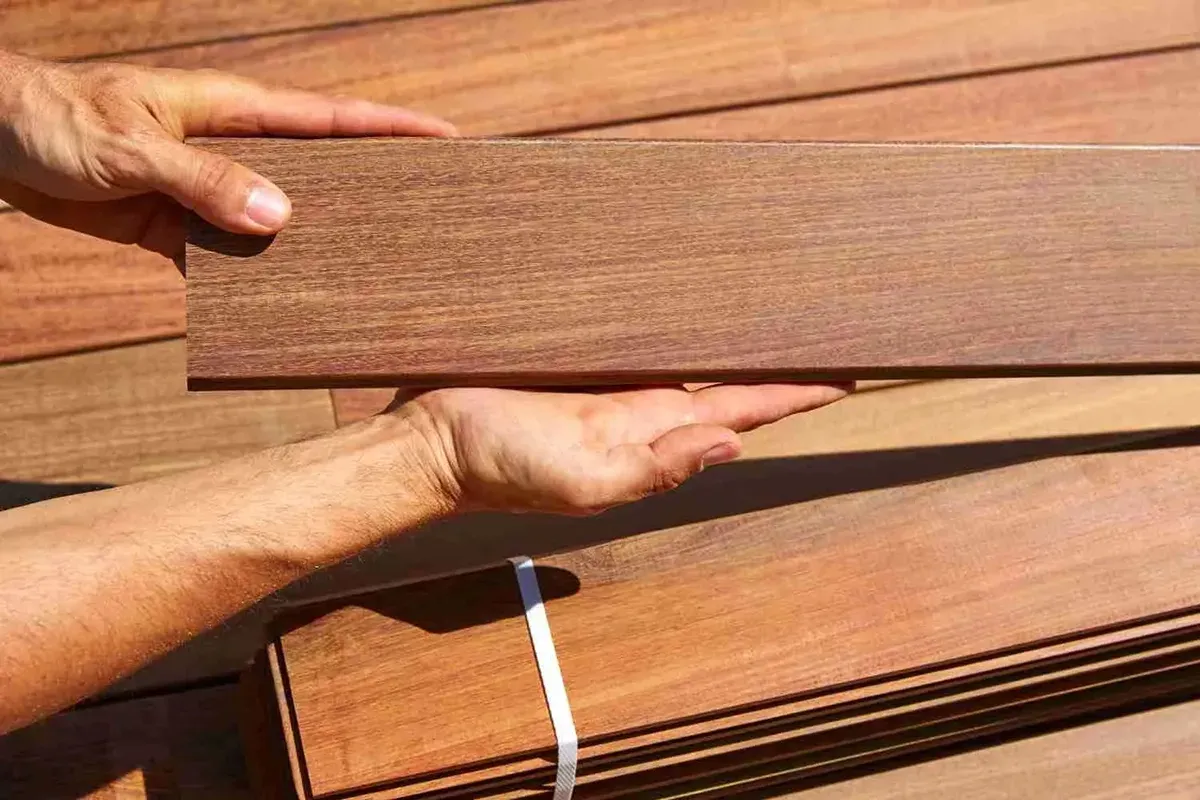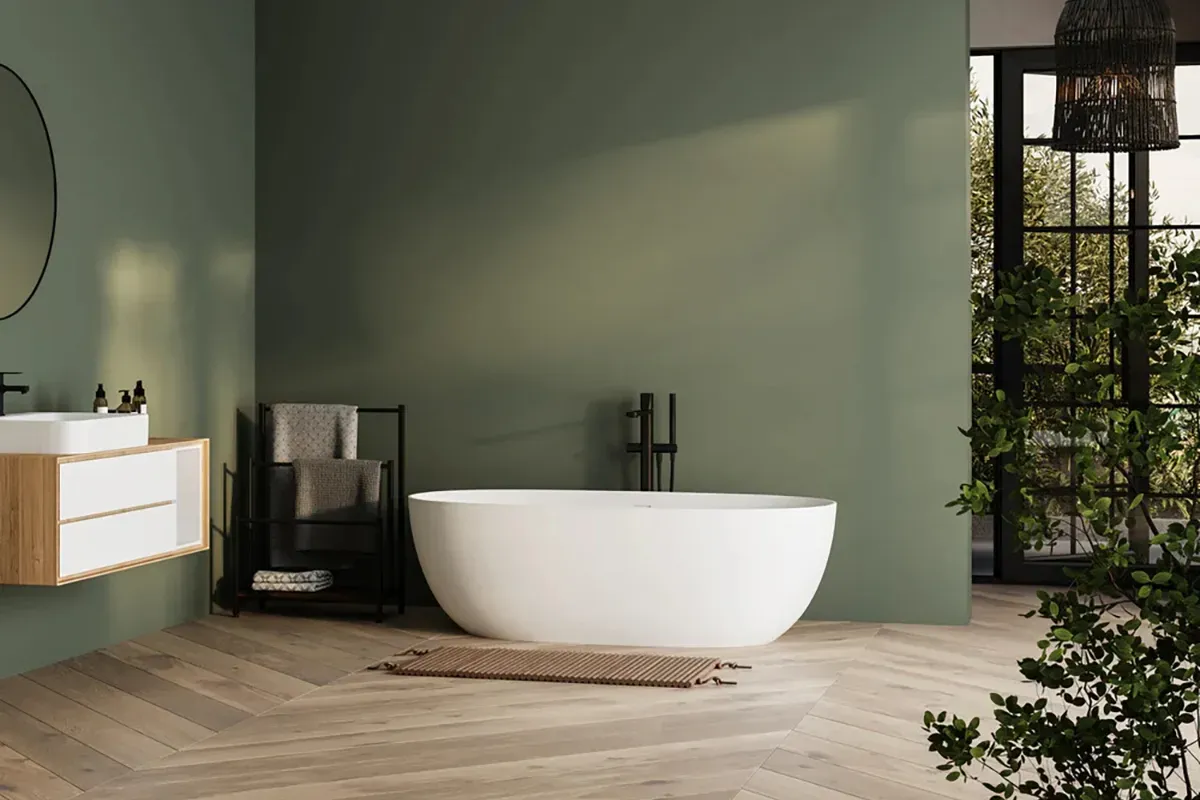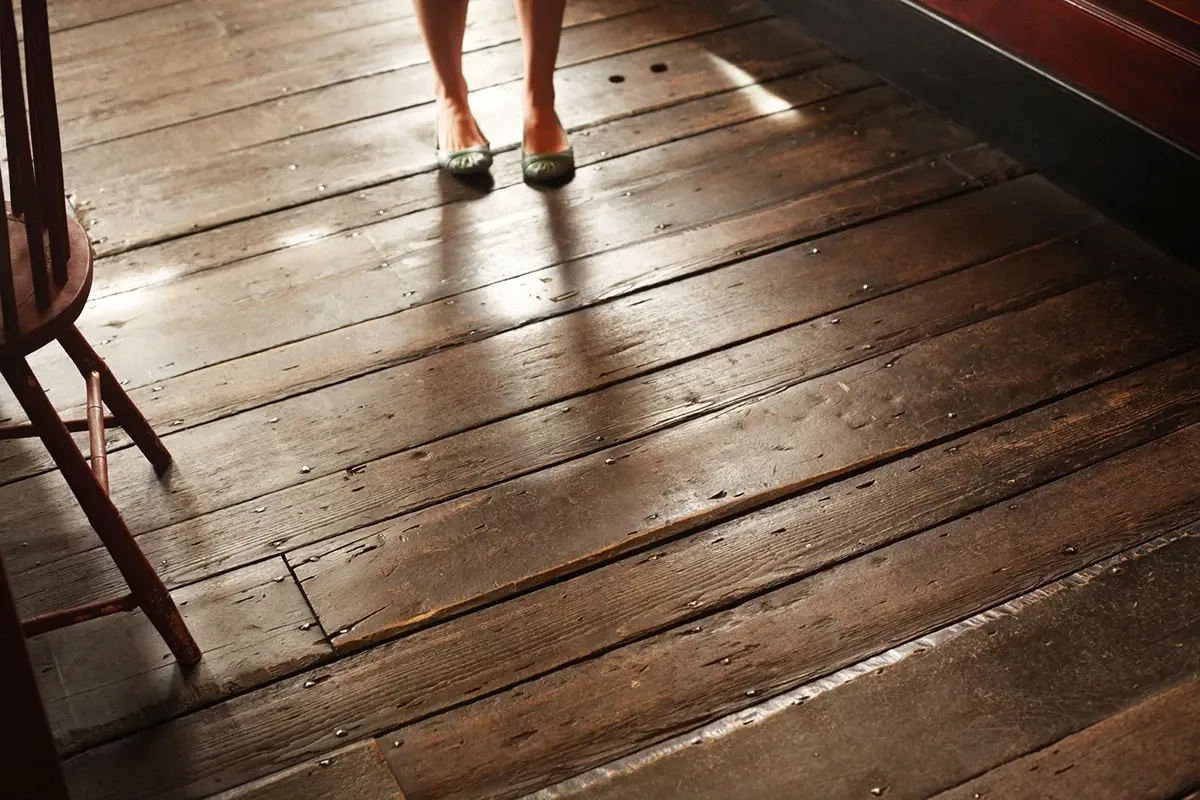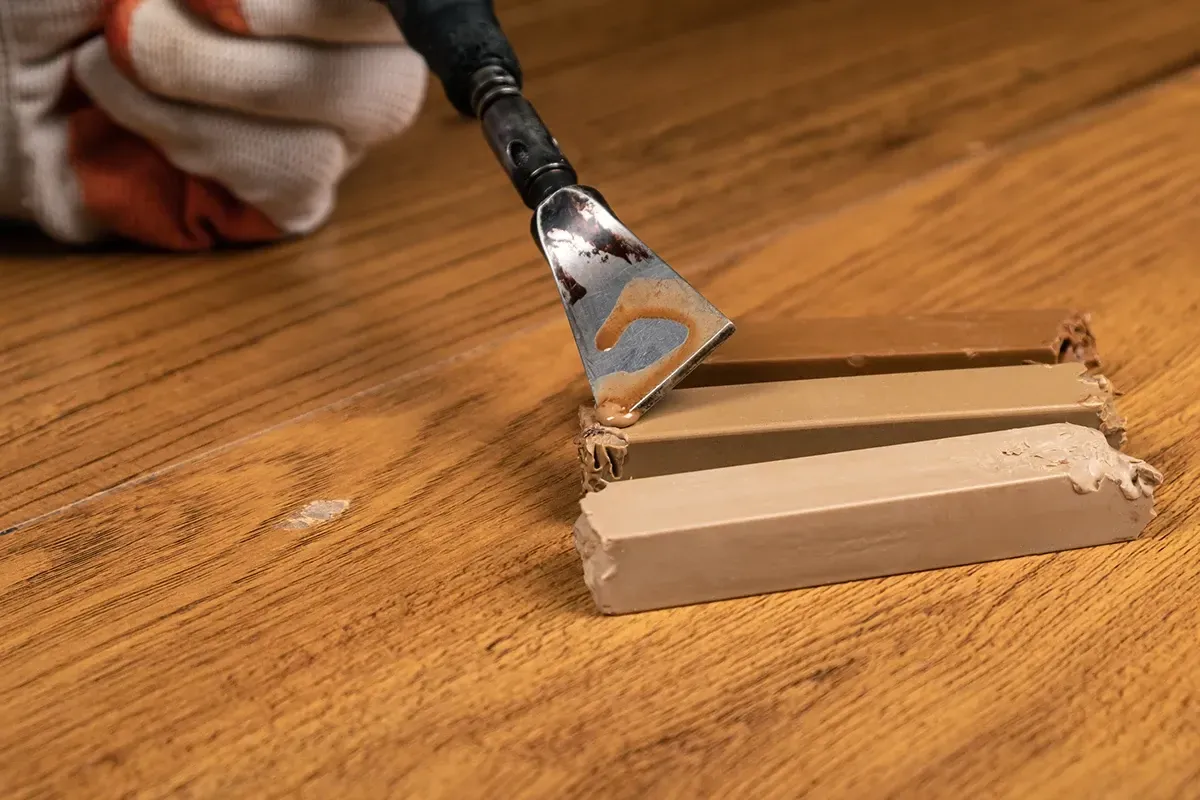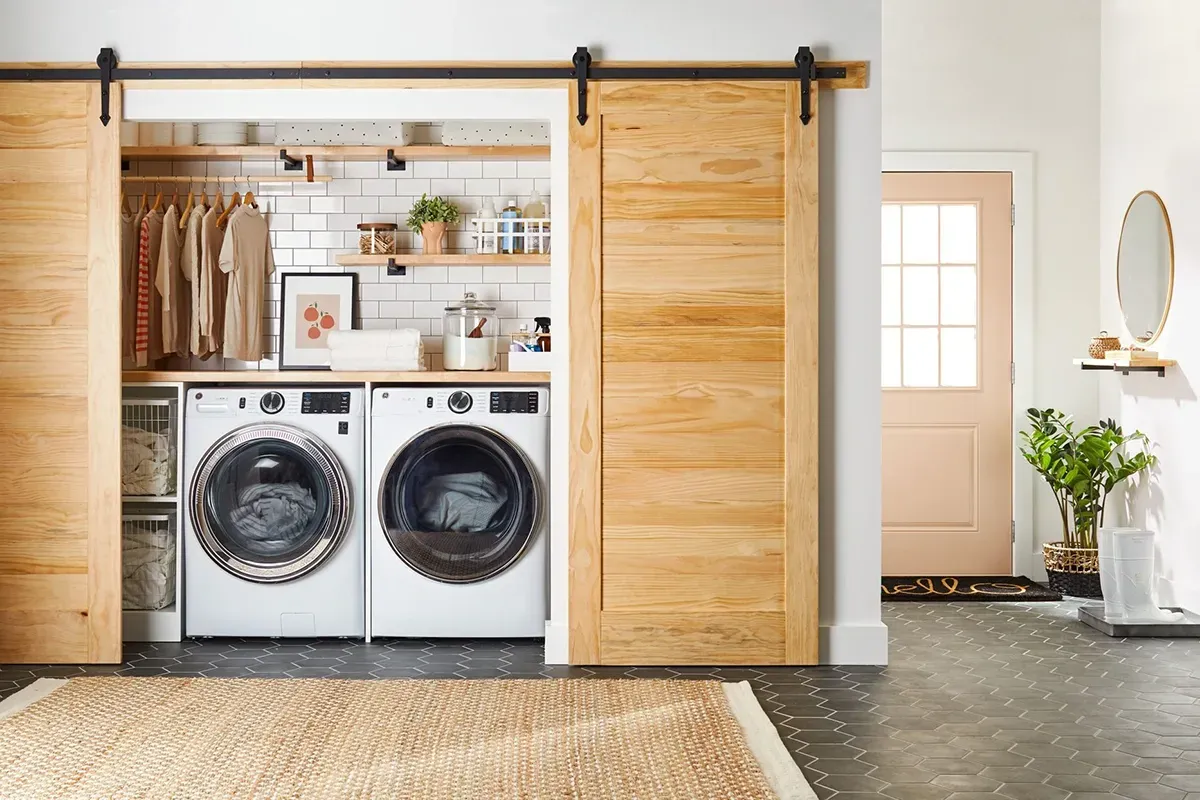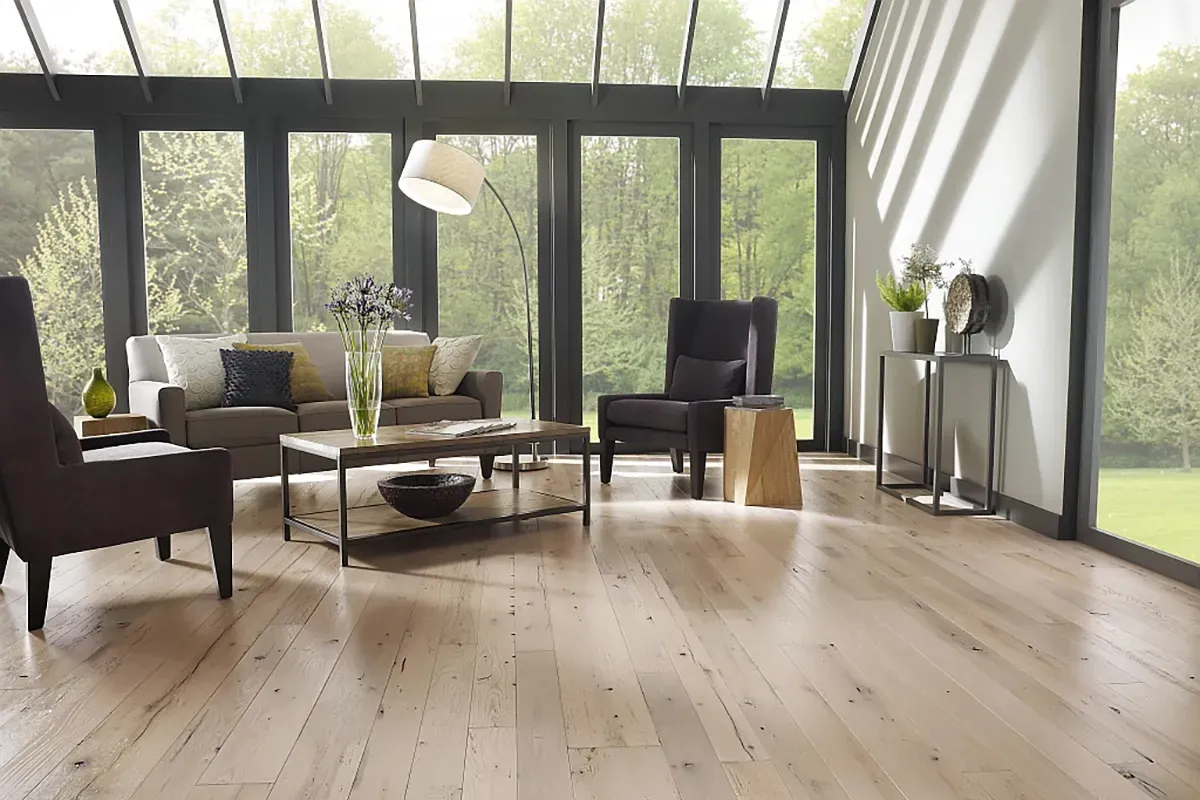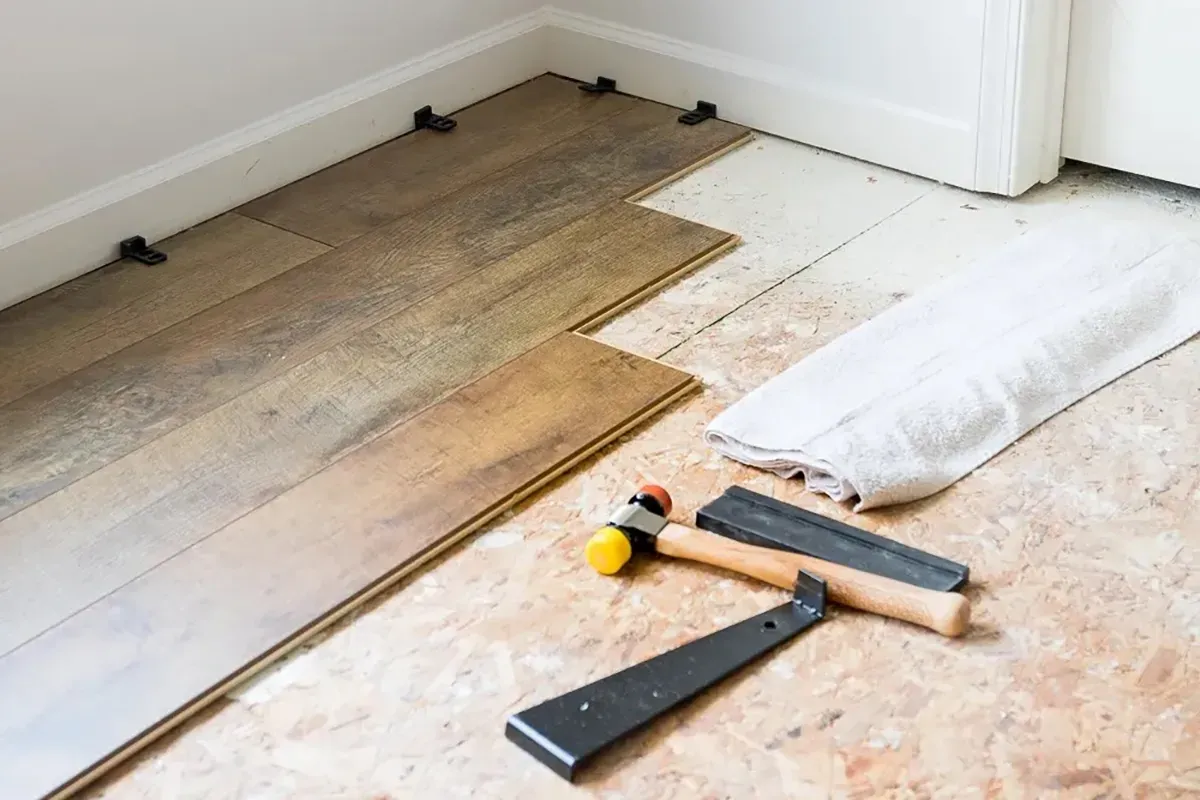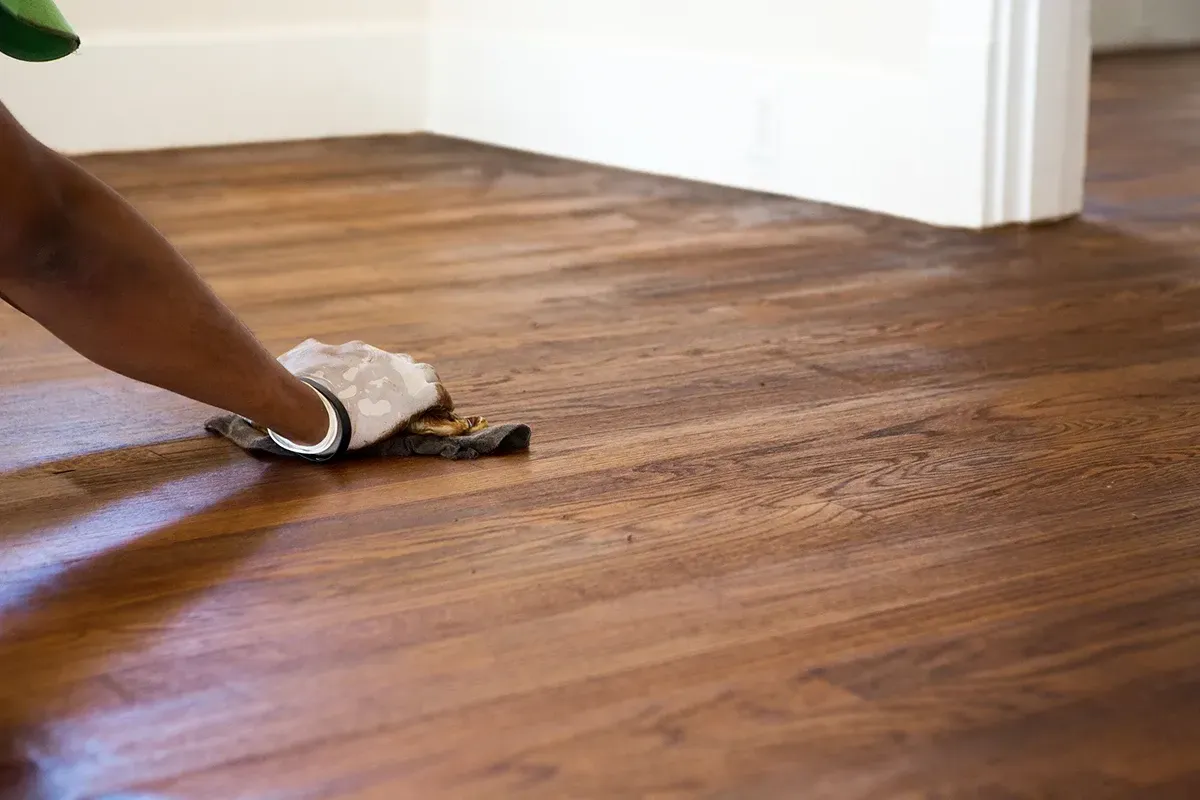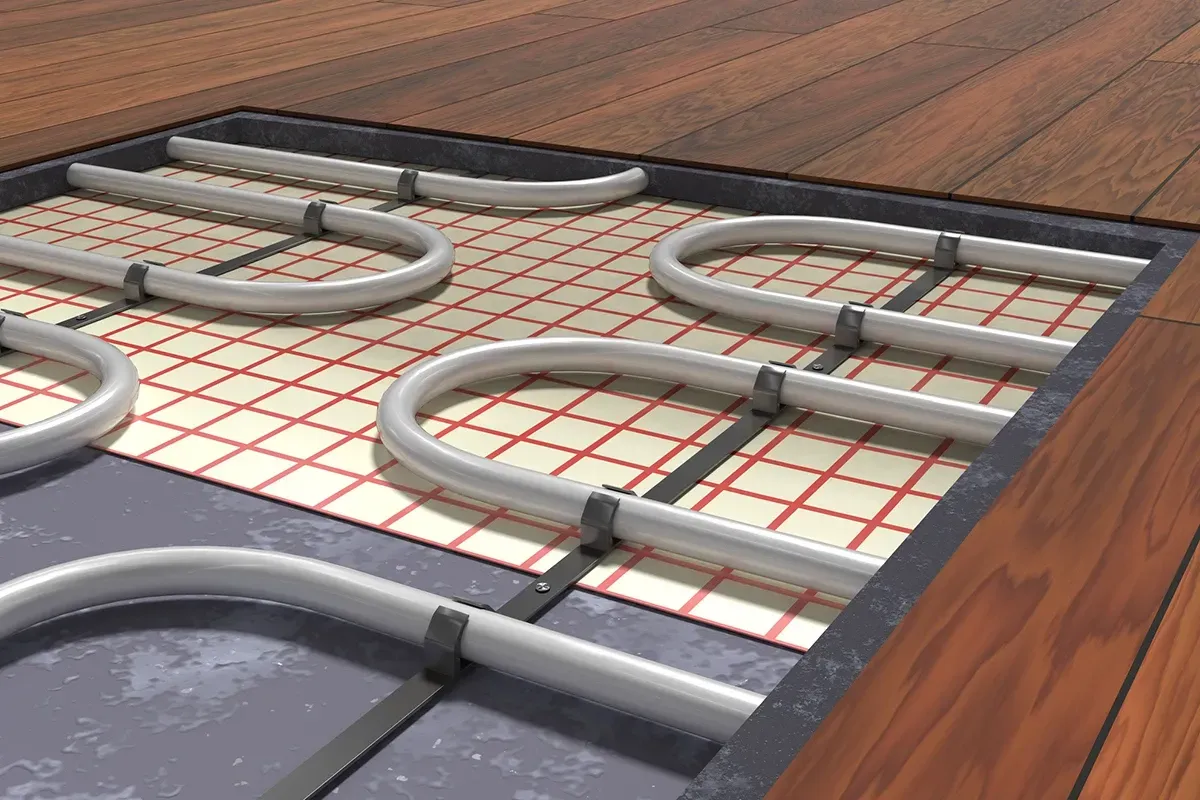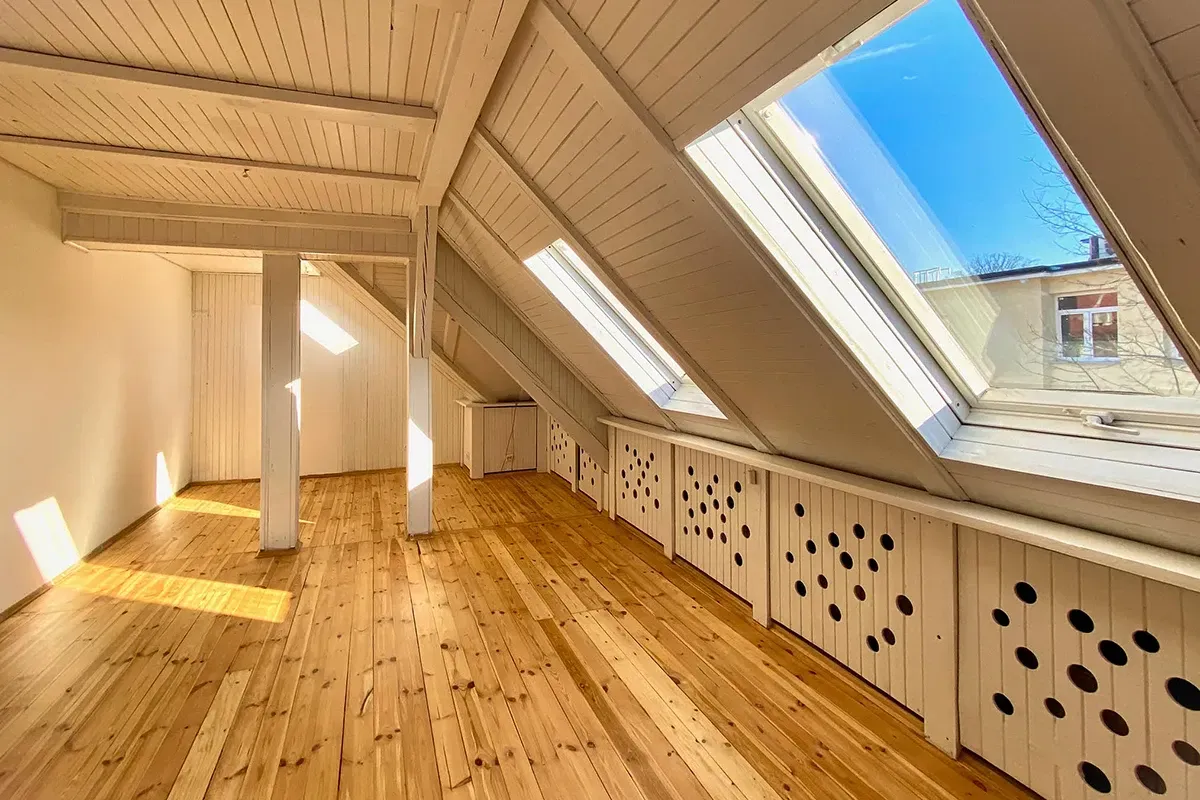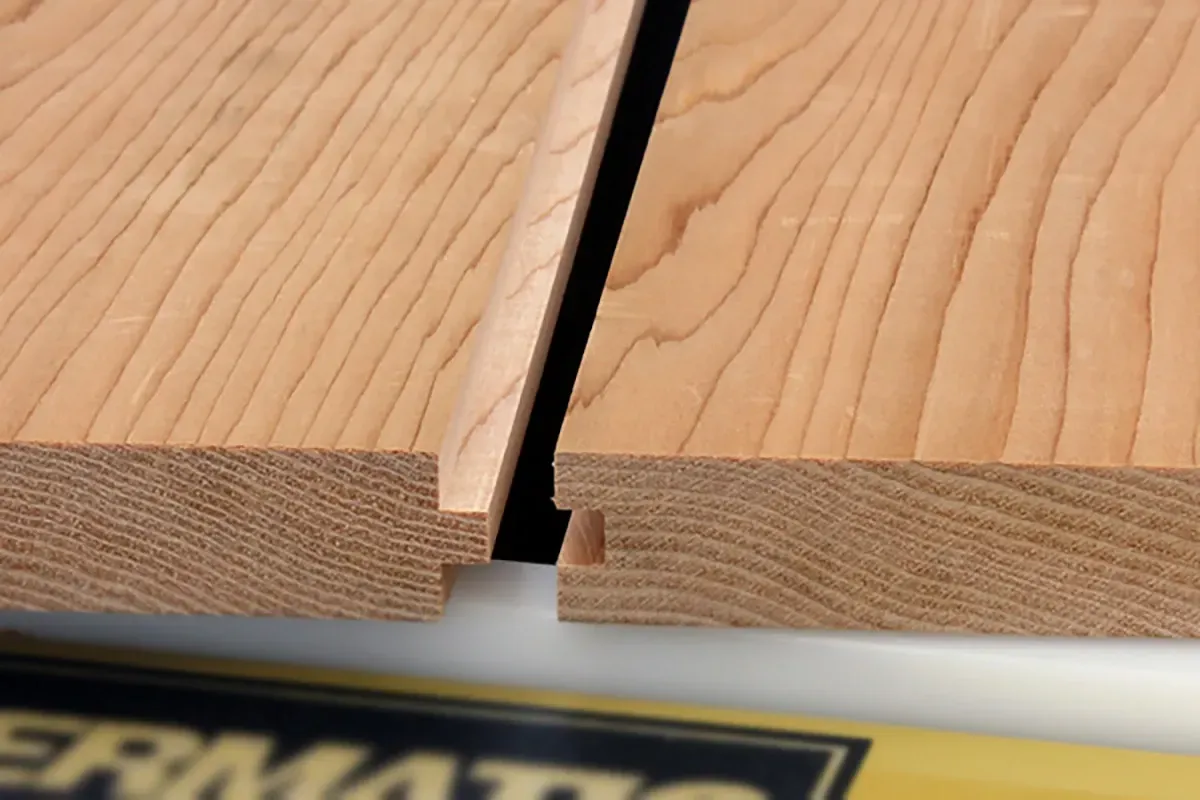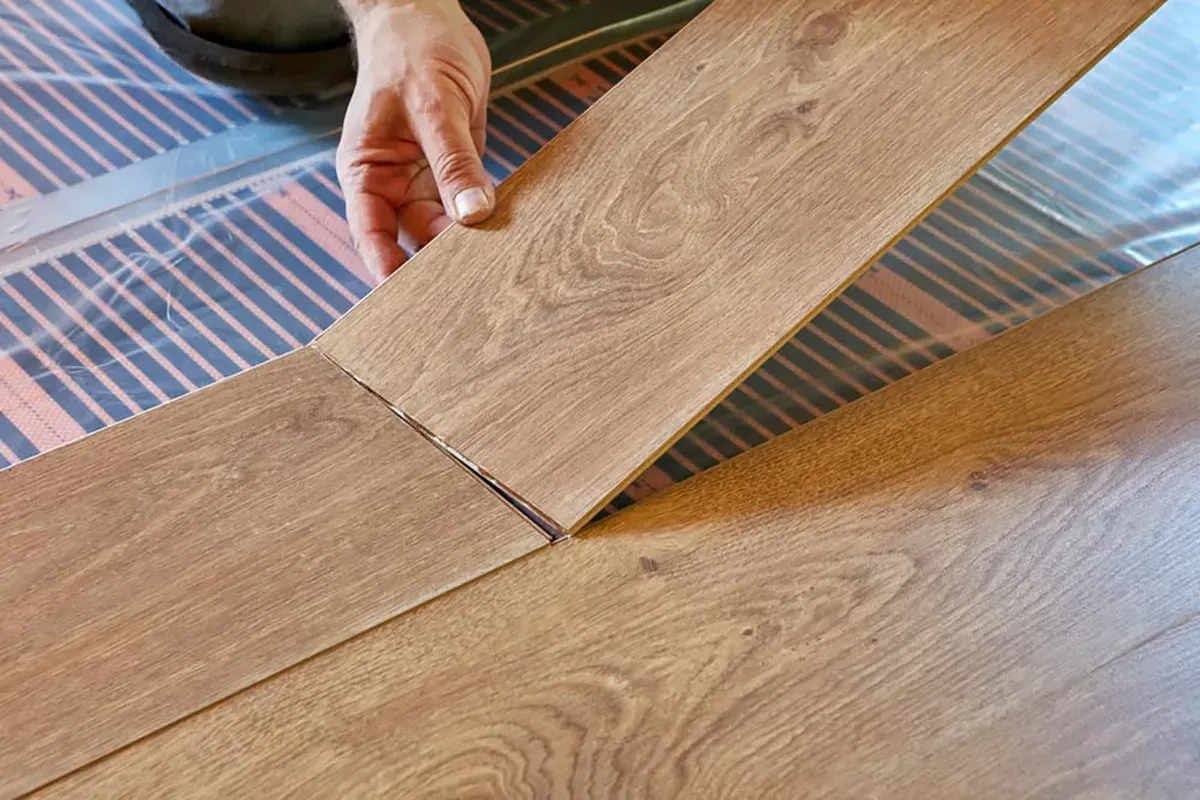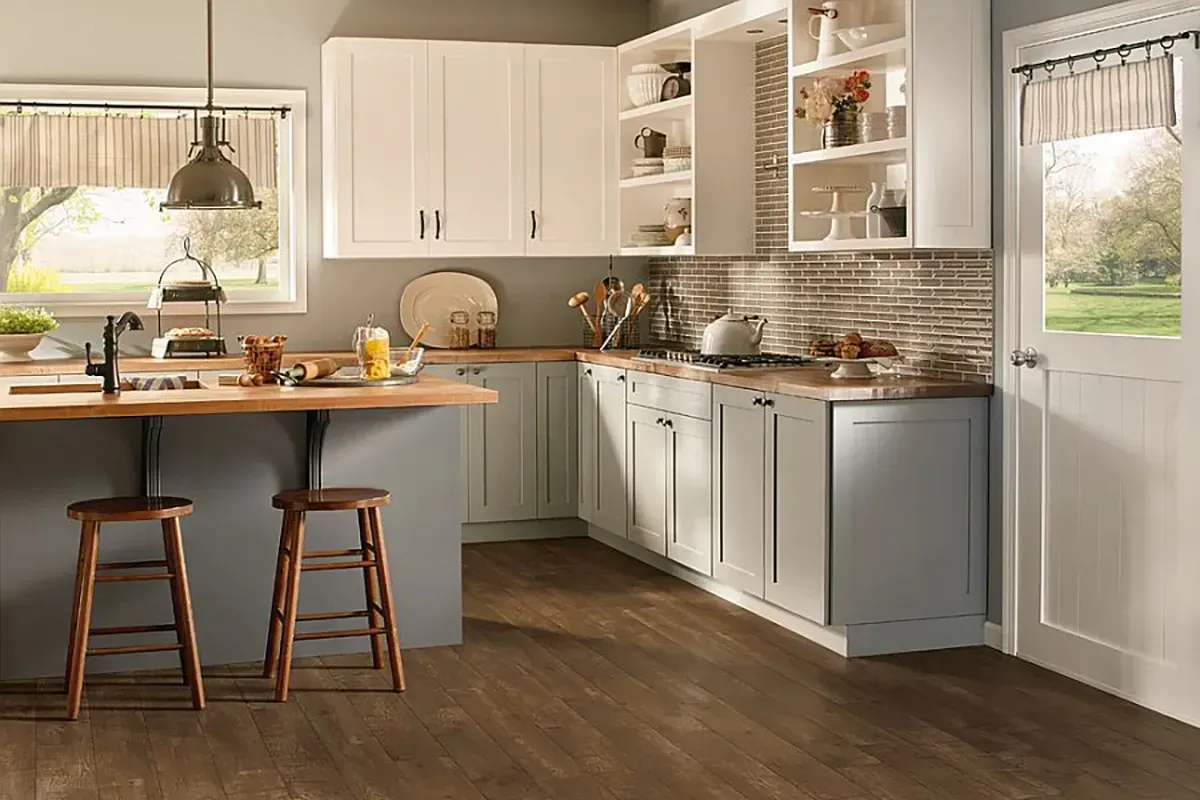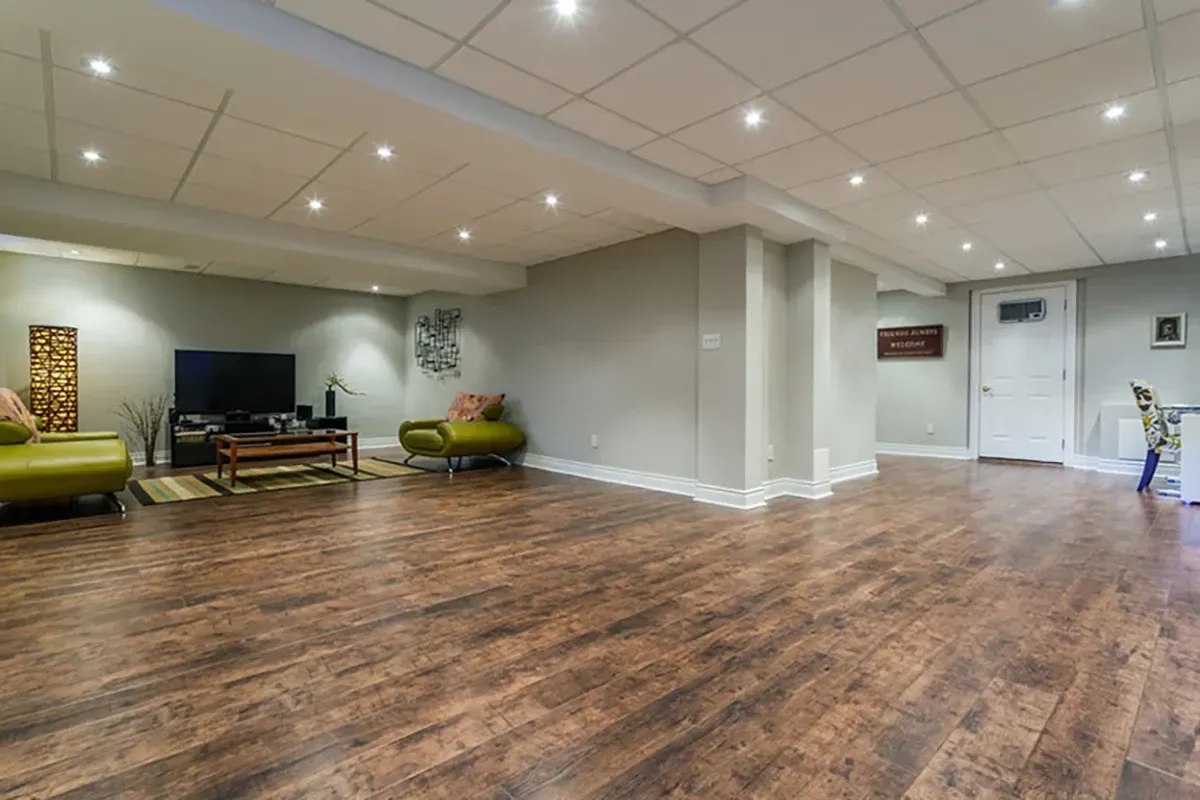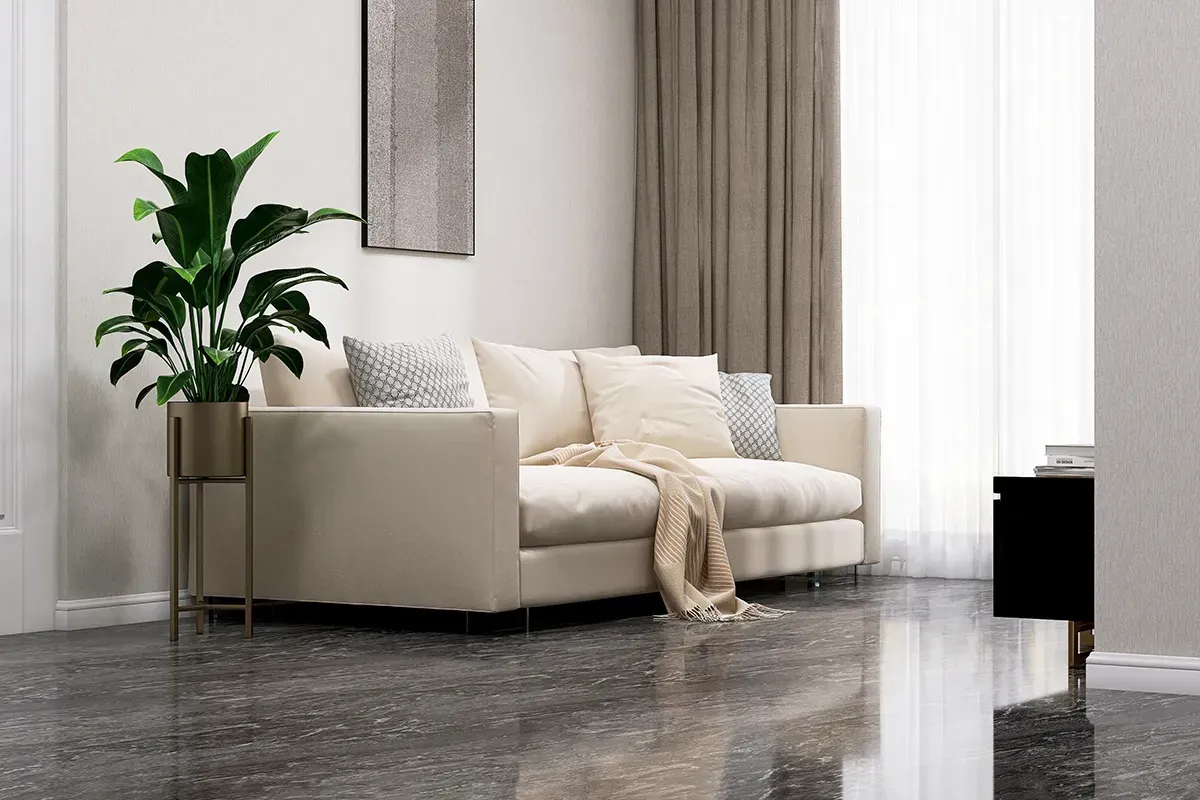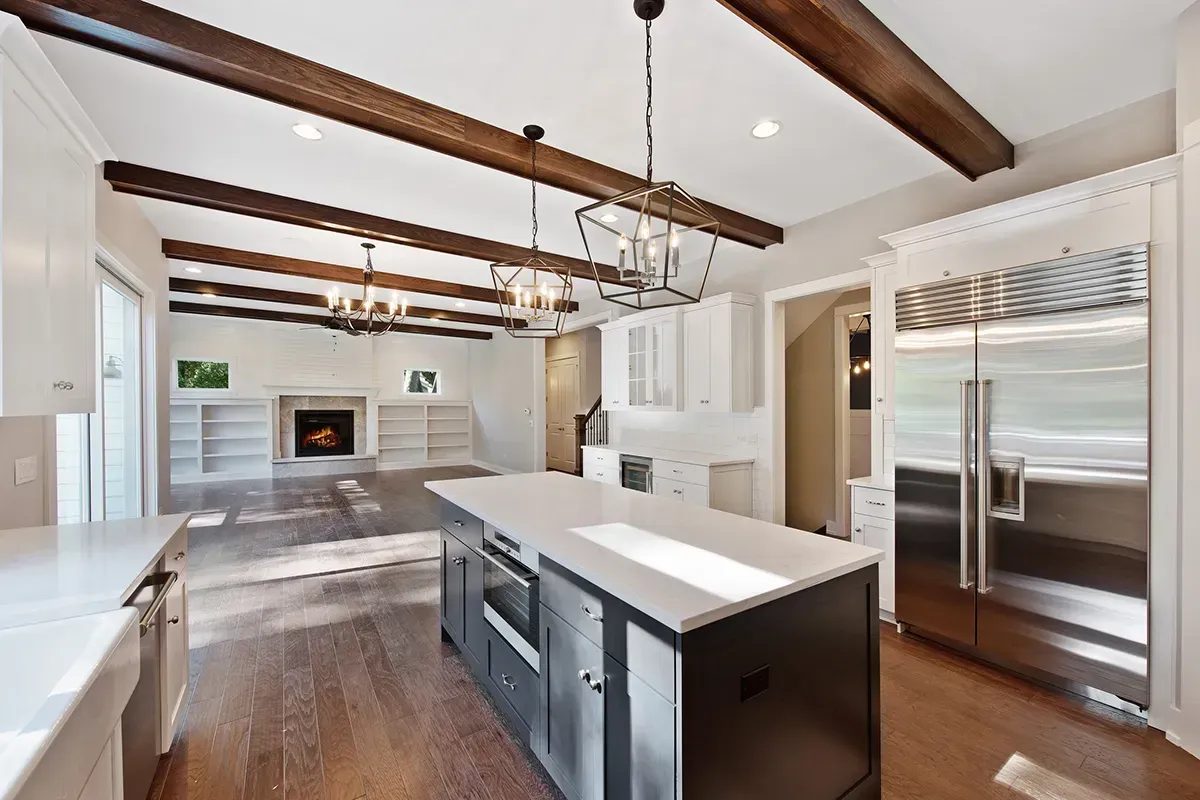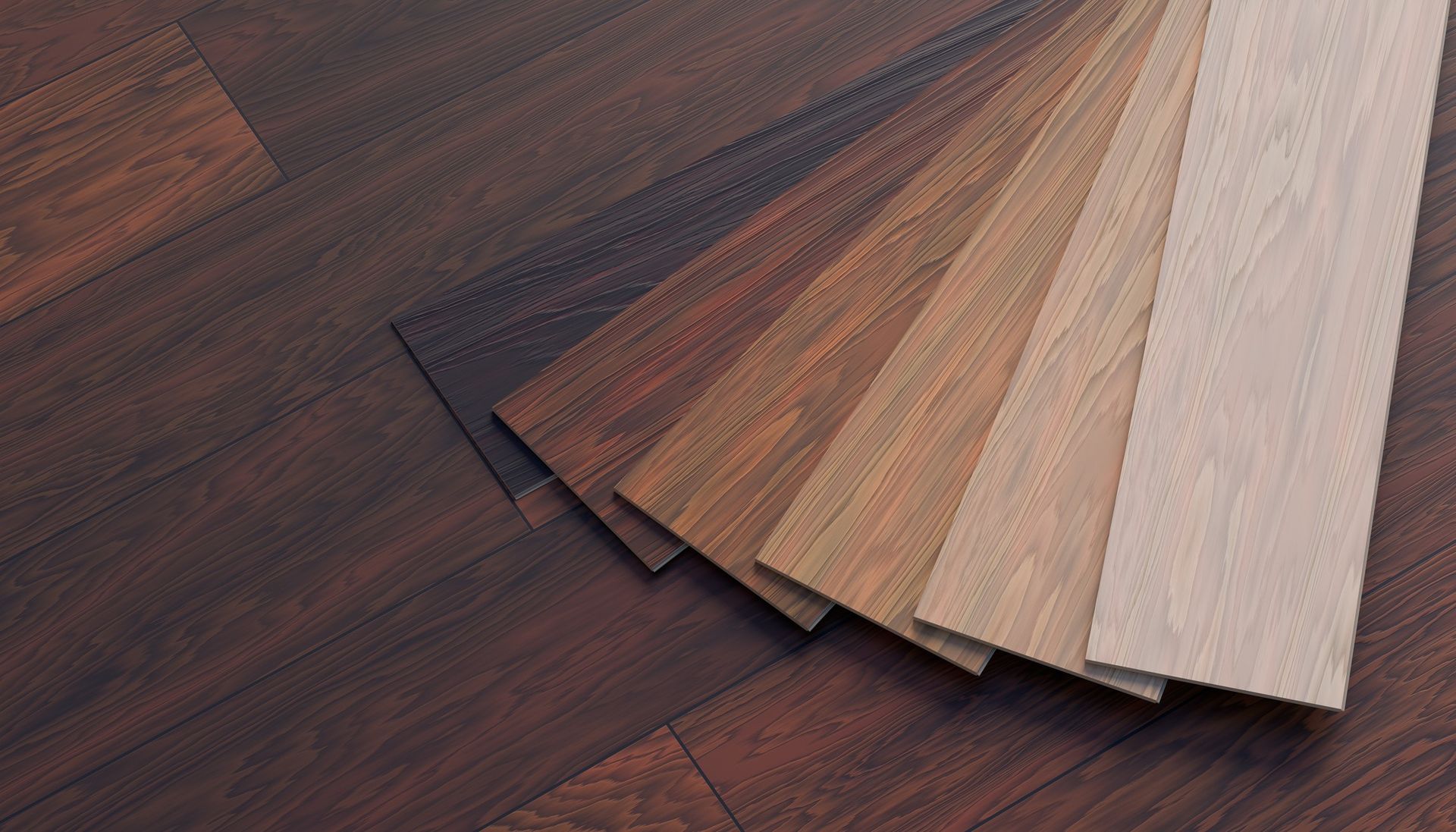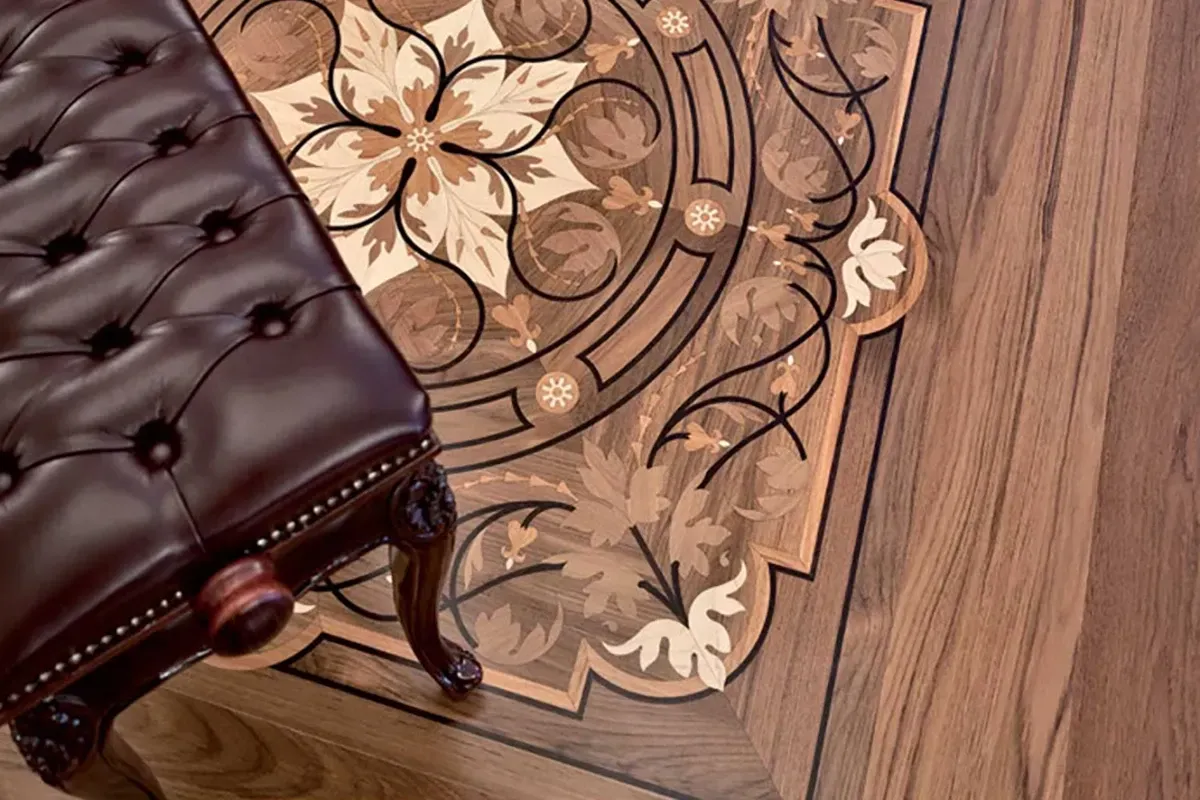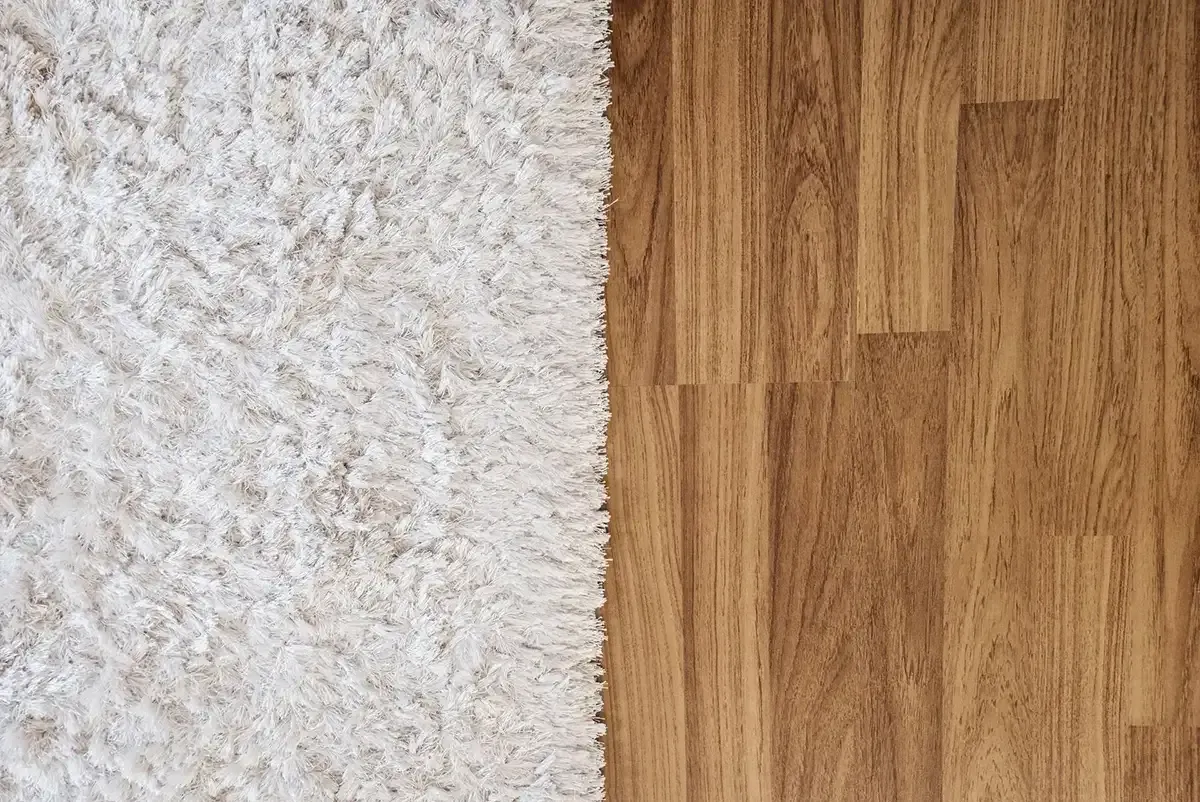Floor Buying Guide For Beginners
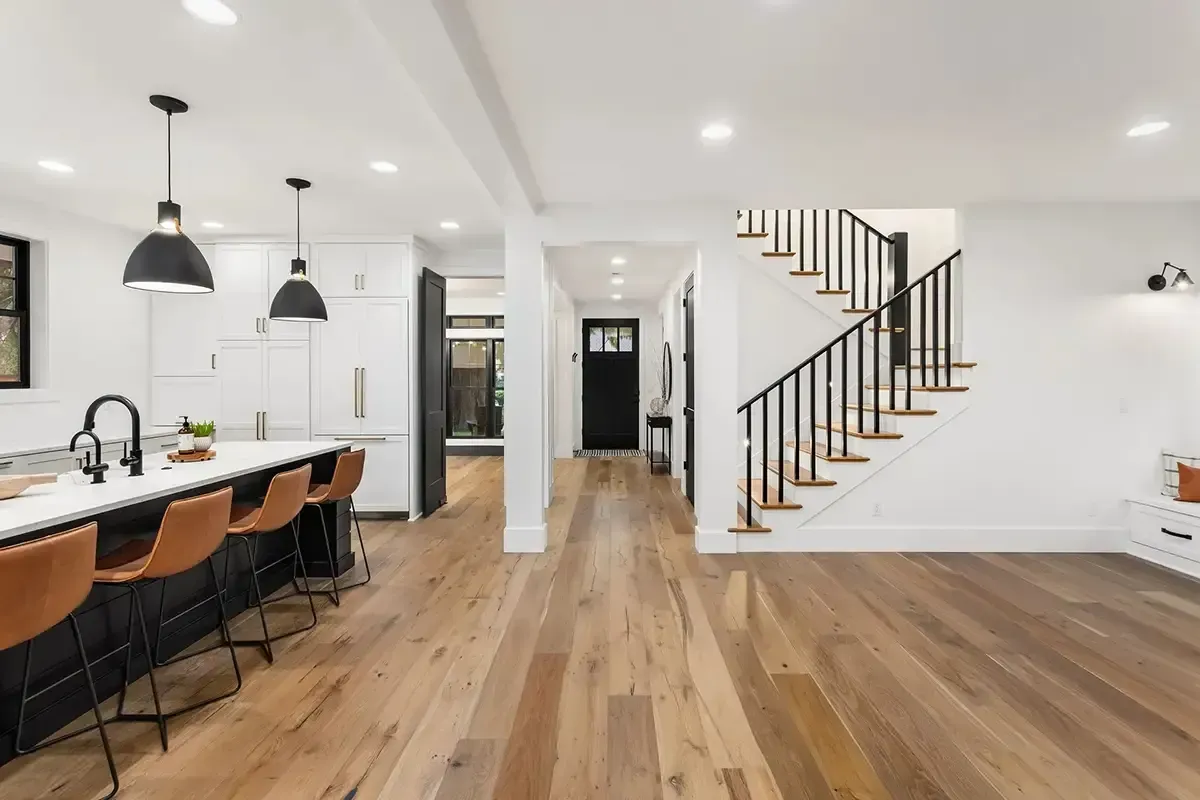
When you’re ready to upgrade your home’s flooring, the wide variety of materials, styles, and features can make the process seem overwhelming—especially if you're a beginner. From selecting the right type of flooring to understanding installation requirements, a clear guide can make this journey much smoother.
This floor buying guide for beginners will help you navigate the essentials and choose the best flooring for your home, style, and budget.
1. Determine Your Flooring Needs
Before diving into the different types of flooring, you should first assess your specific needs. The flooring you choose will largely depend on the room, usage, and who lives in your home (kids, pets, etc.). Here are some key questions to ask yourself:
- What is the function of the room? High-traffic areas like living rooms, kitchens, or entryways will need durable, easy-to-clean materials, while bedrooms and less-used areas can prioritize comfort and aesthetics.
- What is your lifestyle? If you have pets, children, or frequent gatherings, you’ll want flooring that can withstand spills, stains, and scratches.
- What is your budget? Different flooring types vary greatly in price. Consider the cost of both materials and installation before making your final choice.
2. Explore Flooring Options
Now that you have a better idea of your needs, let’s dive into the various flooring materials and their pros and cons:
Hardwood Flooring
Hardwood flooring is a timeless option that adds warmth and elegance to any space. It comes in various species like oak, maple, and walnut, each offering unique grain patterns and colors. Though it’s more expensive than other options, hardwood can last for decades with proper care.
- Pros: Durable, long-lasting, increases home value, can be refinished
- Cons: Higher upfront cost, susceptible to scratches and water damage
- Best for: Living rooms, dining rooms, bedrooms
Laminate Flooring
Laminate flooring mimics the look of real wood or stone but at a fraction of the cost. It’s made from a composite material and covered with a protective wear layer that makes it scratch-resistant and easy to clean. Laminate is ideal for those who want the look of hardwood without the maintenance.
- Pros: Affordable, easy to install, low maintenance
- Cons: Can’t be refinished, less authentic look than hardwood
- Best for: Living rooms, bedrooms, hallways
Vinyl Flooring
Vinyl flooring has become increasingly popular due to its versatility and durability. Available in sheets, tiles, or planks, vinyl is waterproof, making it perfect for moisture-prone areas like kitchens and bathrooms.
- Pros: Water-resistant, affordable, easy to maintain, available in a wide range of styles
- Cons: Lower resale value compared to hardwood, can tear or dent
- Best for: Kitchens, bathrooms, basements
Tile Flooring
Tile is another durable option, especially for high-moisture areas. It’s available in ceramic, porcelain, and natural stone, and can add a luxurious touch to your home.
- Pros: Water-resistant, durable, low maintenance
- Cons: Cold and hard underfoot, grout can stain
- Best for: Bathrooms, kitchens, entryways
Carpet Flooring
Carpet offers unmatched comfort and warmth, making it a popular choice for bedrooms and living areas. It comes in a wide range of colors, textures, and pile heights.
- Pros: Comfortable, sound-absorbing, wide variety of styles
- Cons: Requires regular cleaning, prone to staining, not ideal for high-traffic areas
- Best for: Bedrooms, living rooms
Cork Flooring
Cork flooring is a sustainable flooring material that offers cushioning and insulation. It’s ideal for rooms where comfort is a priority and is often used in playrooms or kitchens where you’ll be standing for extended periods.
- Pros: Eco-friendly, comfortable, sound-absorbing
- Cons: Susceptible to moisture, can fade with sun exposure
- Best for: Kitchens, bedrooms, playrooms
3. Consider Durability and Maintenance
Different flooring types have different maintenance and durability levels. Here’s what you should keep in mind:
- Hardwood: Requires refinishing every few years, but can last a lifetime.
- Laminate: Easy to clean and maintain but can’t be refinished.
- Vinyl: Extremely durable and waterproof, perfect for high-traffic areas.
- Tile: Sturdy and long-lasting but requires grout cleaning.
- Carpet: Needs regular vacuuming and deep cleaning to avoid stains.
- Cork: Requires sealing to maintain moisture resistance.
4. Plan Your Budget
Your budget is a crucial factor in choosing flooring. Not only do material costs vary widely, but so do installation costs. Here's a rough guide to the average cost per square foot (including installation):
- Hardwood: $7 – $14
- Laminate: $3– $8
- Vinyl Plank: $3 – $8
- Tile: $7 – $15
- Carpet: $3 – $6
- Cork: $5 – $10
If you're on a tight budget, consider vinyl or laminate flooring. While hardwood and tile offer premium looks, they also come with a higher price tag. If you're based in the Portland, Oregon area, contact us for a free flooring estimate.
5. Think About Installation
Some flooring types are easier to install than others, so you’ll need to decide whether to DIY or hire professionals. Here’s what to consider:
- Hardwood & Tile: Best installed by professionals due to the complexity of cutting and fitting.
- Laminate & Vinyl Plank: DIY-friendly and often comes with click-lock installation systems.
- Carpet: Professional installation recommended for a seamless finish.
When hiring a professional, always get multiple quotes and ensure the contractor has experience installing the type of flooring you choose.
6. Evaluate Environmental Impact
If sustainability is important to you, some flooring options are more eco-friendly than others:
- Cork: A renewable material harvested from cork trees.
- Bamboo: Fast-growing and sustainable alternative to hardwood.
- Recycled materials: Some vinyl and carpet options are made from recycled materials.
Look for certifications like FSC (Forest Stewardship Council) or GreenGuard for materials that meet environmental standards.
7. Don’t Forget About Style
While function and budget are essential, style plays a huge role in how satisfied you’ll be with your flooring choice. Here are some style considerations:
- Color: Lighter floors can make a room feel larger, while darker floors add warmth and coziness.
- Texture: Smooth finishes are modern, while distressed or hand-scraped finishes create a more rustic feel.
- Pattern: Think about how you’ll lay the flooring—straight, herringbone, or diagonal flooring patterns can make a big difference.
Conclusion
Choosing the right flooring for your home doesn’t have to be an overwhelming process. This floor buying guide for beginners breaks down the key factors you need to consider: your specific needs, material options, durability, budget, installation, environmental impact, and style. By asking the right questions and evaluating your options carefully, you’ll find the perfect flooring to fit your home, lifestyle, and budget.
If you need expert guidance or want to explore top-quality flooring options, visit Rejuvenation Floor & Design in Portland. We offer a wide range of flooring materials and professional installation services to make your flooring project a success.

